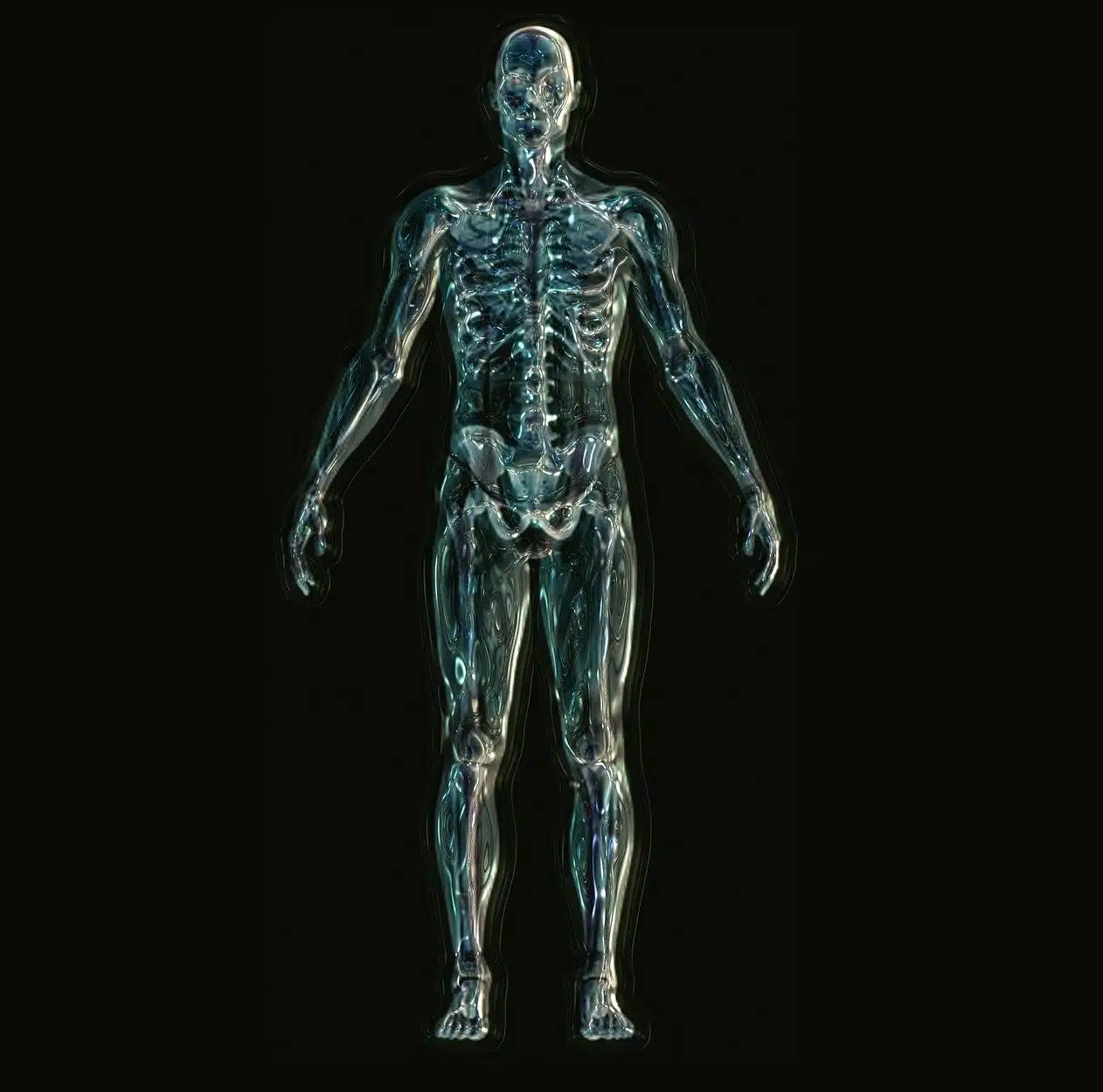
The joint that does not have movement is known as synarthrosis.
Synarthrosis is the name given to a joint that lacks movement . It should be remembered that, in the field of anatomy , a joint is the link that exists between one bone and another or between a bone and cartilage .
Before moving forward, it is interesting to know the etymological origin of the term. In this sense we can say that it is a word that derives from Greek, since it is the result of the sum of three components of said language:
- The prefix sin- , which is synonymous with "together" or "with" .
- The noun arthron , which can be translated as "joint" .
- The suffix -osis , used to indicate formation or conversion.
What is synarthrosis
Joints, therefore, join different elements of the skeleton and allow the development of mechanical movements . It is possible to classify joints in different ways: when they are classified according to their function , the concept of synarthrosis arises.
In this sense, a synarthrosis is a joint without mobility. That joint whose movements are limited is known as amphiarthrosis , while joints with a greater range of motion are called diarthrosis .
Regarding amphiarthrosis, it is also worth knowing that there are two different types. It is established that when there is hyaline cartilage between the bones, these joints are called synchondroses and that when what exists is fibrocartilage they are called symphysis .

Synarthrosis joins different elements of the skeleton without mobility.
Its characteristics
Synarthroses join bones through fibrous tissue . Its mobility, in this way, is established from the length of the fibers of this fabric . Synarthroses can be found in the skull , joining the temporal , frontal , occipital and parietal .
A synarthrosis lacks a joint cavity and synovial capsule. Since it does not have movement or can only develop very limited movements, its function is usually linked to protection and serving as support for the ligaments and muscles. Synarthroses are also considered the point that allows bone growth.
Types of synarthrosis
According to the supporting tissue and the type of union, synarthroses can be divided into synfibrosis , synostosis or synchondrosis . Synfibrosis can also be classified into several types based on the borders of the joint junction:
- Squamous synarthrosis synfibrosis , which is determined by the fact that these edges have a beveled appearance.
- Synarthrosis dentate synfibrosis , which, as its name indicates, is what occurs when the joint edges are toothed.
- Synarthrosis synfibrosis squindelesis , which has the peculiarity that an edge, as if it were a groove, enters that of another bone.
- Synarthrosis harmonic synfibrosis , which is characterized by the rough edges of the joints.
- Synarthrosis synfibrosis gomphosis , in which the edges give shape to a kind of cavity.
